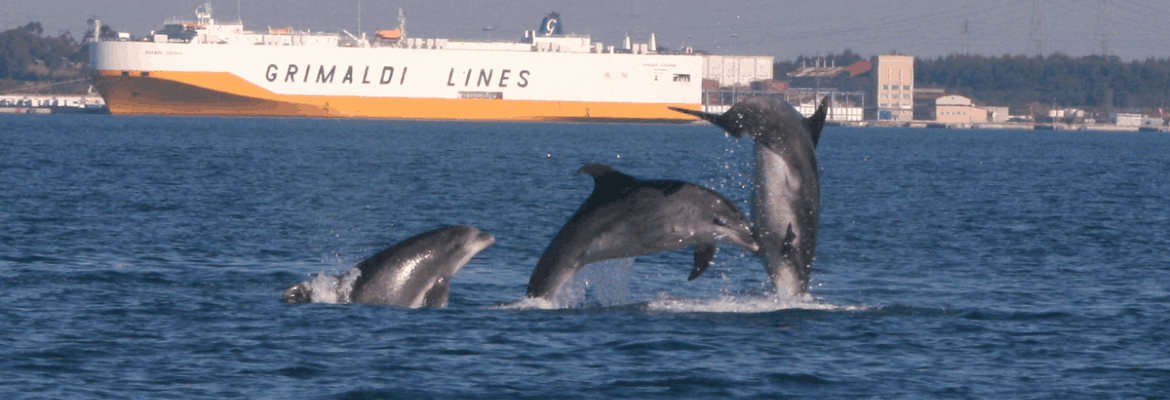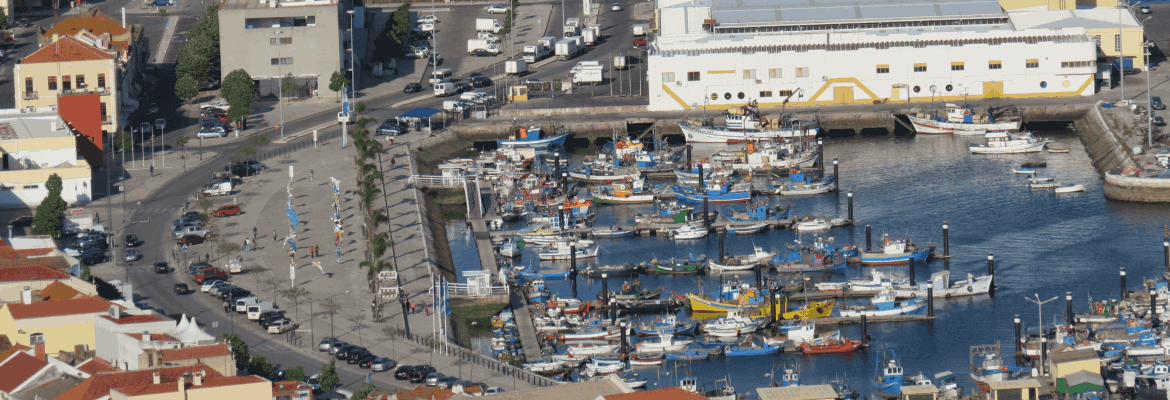Setubal Bay
Setúbal bay is part of the Club of the Most Beautiful Bays in the World.
It is a bay of calm waters dominated by the Sado estuary, the Serra da Arrábida and the Tróia peninsula, and characterized by its scenic beauty, its great potential in terms of tourism and the natural importance of its surroundings (Reserva Natural do Sado Estuary and Arrábida Natural Park) which makes it a unique place with an exceptional natural heritage at an international level.
The bay of Setúbal, where the river Sado and the sea waters meet, is a place that invites us to all kinds of nautical sports, recreation and leisure activities and where the dolphin community can surprise us with its appearance and expression of welcome.

Setúbal

Setúbal, a city with about 120,000 inhabitants, is the main geographic and administrative center of the entire Sado and Arrábida region.
A city that used to be a city of salt, canned fish and orange groves, is today, increasingly, a city where tourism plays a fundamental role, given the exceptional conditions of this region to attract tourists throughout the year.
The bay of Setúbal and the Sado estuary, which delimit its entire riverside area, as well as its sheltered waters port, support a series of activities, of which fishing, although without the strength of other times, is still maintained. and with which the base of the city’s gastronomy is related.
The city of Setúbal, also known as the “city of the blue river” is endowed with excellent units and equipment for hotels and restaurants, bars and terraces and is one of the most desirable tourist destinations in Portugal.
Tróia

The Tróia peninsula is one of the fundamental elements of the landscape of the Sado estuary and the Setúbal bay, constituting one of the main entrances to the entire Alentejo Litoral area.
It is a place of contrasts where the modernity of tourist development contrasts with a Roman occupation with more than 2000 years, (The Romans in Sado), where its islands and ocean beaches with white sand contrast with the inland lagoon of Caldeira de Tróia, an authentic sanctuary for birds, and where there is no lack of religious traditions, enshrined in the annual festivities dedicated to Nº Srª de Tróia.
In Roman times, (Roman Troy), Troy was a large town, whose occupants were dedicated to the harvesting of seafood, seafood and other products and their preparation and expedition, constituting the most important fish salting center in the entire Empire Western Roman.